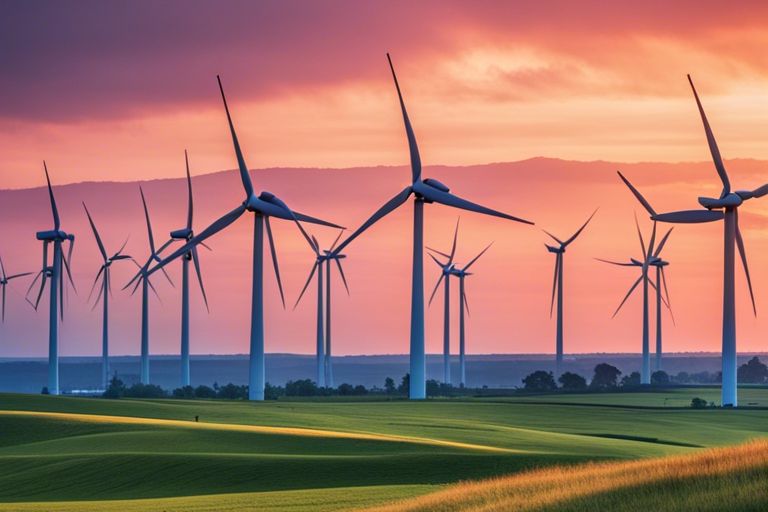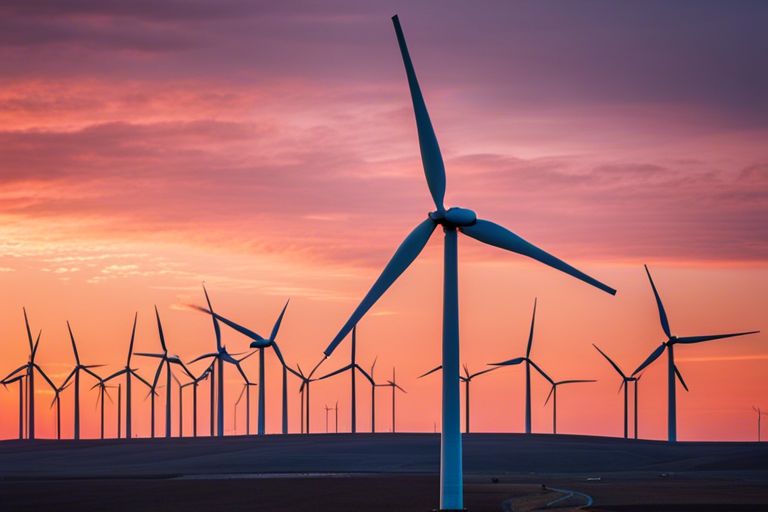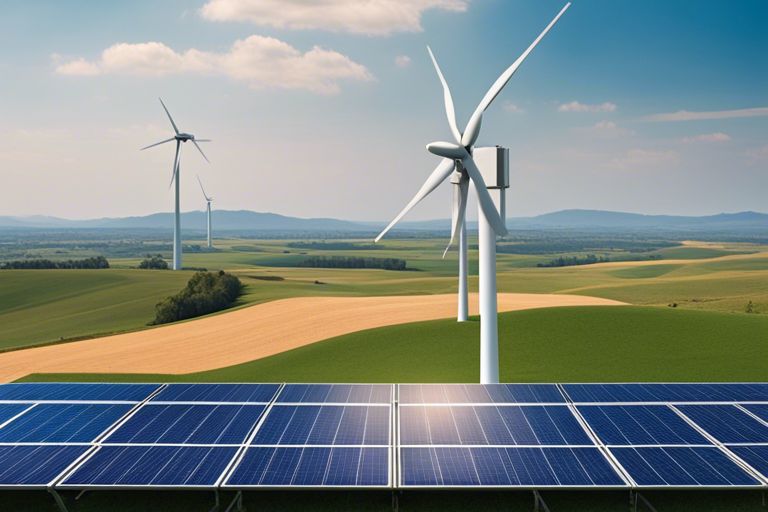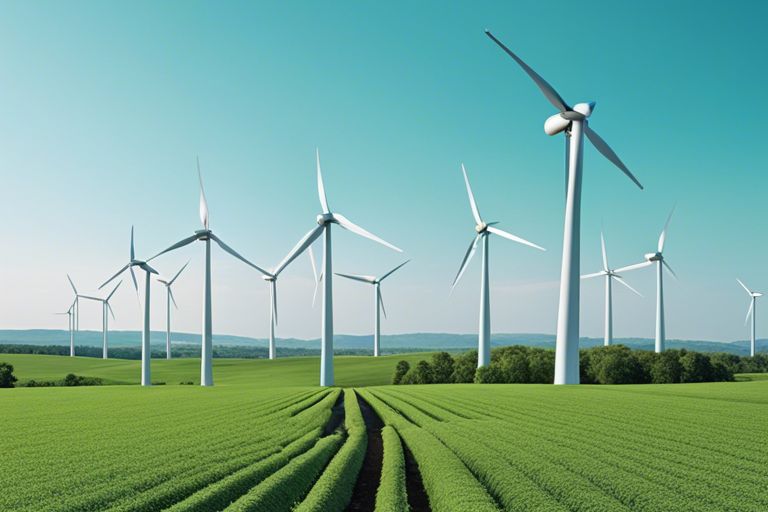Just like the winds that power them, the evolution of wind turbine technology has been a fascinating journey filled with innovation and progress. From humble beginnings to towering modern structures, the development of wind turbines has been a story of ingenuity and engineering prowess. Join us as we explore the past, present, and future of wind turbine technology, uncovering the advancements that have shaped the way we harness clean and renewable energy.
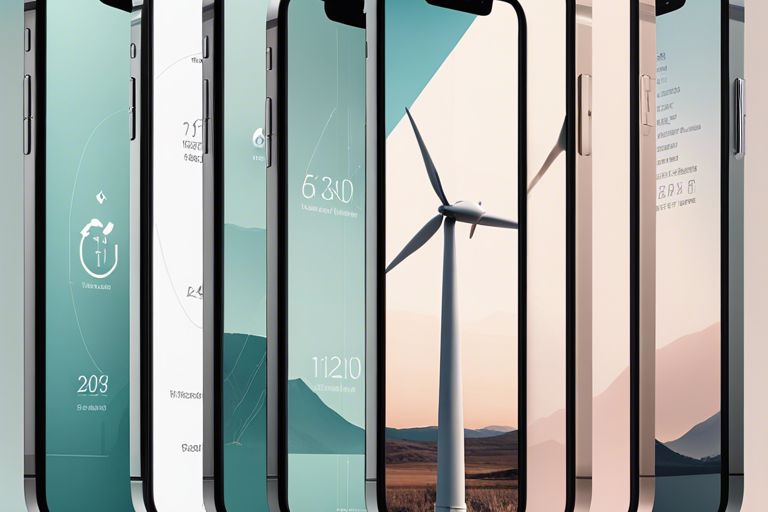
The Evolution Of Wind Turbine Technology – From Past To Present
The First Windmills: Ancient Civilizations and Medieval Europe
One of the earliest forms of harnessing wind power dates back to ancient civilizations in Persia, China, and the Middle East, where simple windmills were used to grind grain and pump water. In medieval Europe, windmills became more prevalent, helping communities with various tasks like milling flour and sawing wood.
Experimentation and Innovation: The 19th and Early 20th Centuries
Windmills took a significant leap forward in the 19th and early 20th centuries with notable innovations like the halladay windmill and the self-regulating windmill. These advancements helped improve efficiency and reliability, laying the groundwork for modern wind turbine technology.
Another crucial development during this period was the invention of the first electricity-generating wind turbine by Professor James Blyth in Scotland in 1887. This marked the beginning of using wind power for generating electricity, setting the stage for further advancements in the field.

The Modern Era
Post-WWII Advancements: Larger Turbines and Government Incentives
Any significant progress in wind turbine technology post-World War II saw the development of larger turbines and government incentives to promote renewable energy. These advancements paved the way for increased efficiency and affordability in harnessing wind power for electricity generation.
The Rise of Commercial Wind Farms: 1980s-1990s
Farms The 1980s and 1990s marked a turning point with the rise of commercial wind farms, signaling a shift towards industrial-scale wind power production. This era saw the development of larger wind turbines and the establishment of wind farms in strategic locations with optimal wind resources.
It revolutionized the renewable energy landscape by demonstrating the feasibility and scalability of wind power as a viable alternative to traditional fossil fuels. The growth of commercial wind farms during this period laid the foundation for the widespread adoption of wind energy as a key component in the global push for sustainable energy solutions.

Contemporary Developments
Advancements in Turbine Design and Materials
One of the most significant developments in wind turbine technology in recent years has been the advancements in turbine design and materials. This includes the use of lighter and stronger materials for turbine blades, such as carbon fiber, which allows for larger blades and increased energy capture.
Increased Efficiency and Capacity: The 21st Century
Capacity has been a key focus in the 21st century, with turbines being designed to generate more electricity from the same amount of wind. This has been achieved through the use of advanced control systems, longer blades, taller towers, and improved aerodynamics.
In the 21st century, wind turbines have become more efficient and have the capacity to generate more electricity. With technological advancements, turbines can now harness wind power more effectively, leading to increased energy production and a more sustainable future.

To wrap up
As a reminder, the evolution of wind turbine technology has come a long way, from simple windmills to sophisticated structures harnessing renewable energy on a large scale. The advancements made over the years showcase the potential for innovation and growth in the green energy sector. It is fascinating to see how technology has pushed the boundaries, making wind turbines more efficient and sustainable. As we continue to strive for a cleaner future, the evolution of wind turbine technology serves as a testament to human ingenuity and determination.


